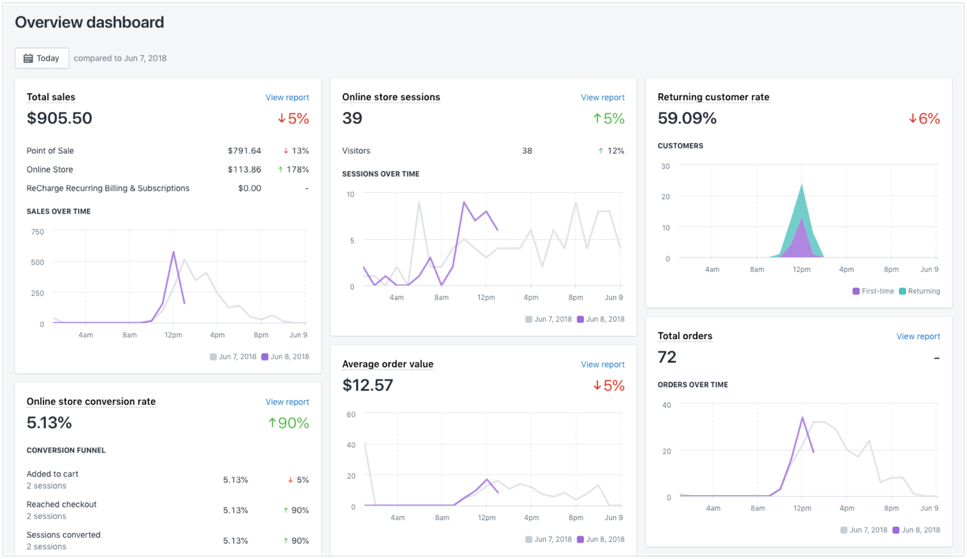Why entrepreneurs are flocking to Southeast Asia because of e-commerce; and where this phenomenon is going to take us.

There’s no better time to get into e-commerce than now. With the digital economy booming, more people around the world are going online for many things — from groceries to entertainment needs. Across Asia Pacific, the e-commerce industry is soaring particularly high.
The region, according to payments technology company Wordplay, is predicted to lead the way in the global transition to mobile commerce, as well as in the adoption of eWallets. The report also reveals that the e-commerce market in Singapore is expected to grow by 48% by 2022, with mobile commerce overtaking desktop sales, making up 52% of all online sales.
A massive playground for entrepreneurs in Southeast Asia
E-commerce in Singapore is a thriving industry, compounded by the country’s high-speed ICT infrastructure, tech-savvy citizens, and a government determined to build a world-class digital economy and achieve Smart Nation status. It’s the second easiest place to do business in the world according to the World Bank, given its advanced infrastructure network, laws that make company incorporation simple, use of English as the main business language, tax relief, and strong IP protection. Various advantages that will make Singapore, the place to be.
Singapore’s geographical location also makes it a strategic place for e-commerce players to flourish. It’s an ideal platform for businesses looking to make inroads in the rest of Asia Pacific, especially close neighbours such as Indonesia and Malaysia, and is also in close proximity with China.
What’s more, Singaporeans are very keen on using e-commerce services, as evidenced in the latest report by We Are Social and Hootsuite, which shows 57% of Internet users make online purchases or pay their bills online. This trend is not lost to the Singaporean government, who have launched multiple initiatives to fuel the growing e-commerce industry.
For example, the Networked Trade Platform (NTP) enables businesses in the country to share information, data, and documents among themselves, their business partners, and the government. This reduces inefficiencies, streamlines processes, and uses data analytics to discover new business insights.
The Retail Industry Transformation Map (ITM) is another initiative by the Singaporean government to fuel a growing industry that contributes 1.4% to Singapore’s GDP, totaling US$24 billion in operating receipts. The map enables retailers to strengthen enterprise capabilities in order to increase productivity and boost their presence globally by supporting them with an upskilled workforce.
Individuals working in e-commerce and other related sectors also receive support in the form of skills upgrading via SkillsFuture, a collaboration between Workforce Singapore and SkillsFuture Singapore. Skills are the forefront of government’s retail industry focus, as they also launched the Skills Framework, an initiative developed for Singapore’s workforce to promote skills mastery and lifelong learning.
Bringing your own platform into the equation
Jumping in that industry means that you need a platform that is easy to use, and that will have high marketing performances. With the rise of website builders like Shopify, Wix, Squarespace, or Weebly, it’s now easier than before to launch an e-shop since entrepreneurs will not have to know how to code to get started, unlike CMS like Magento, Joomla, or Drupal. Not convinced? Let’s have a look at the leading website-builder, Shopify.

Shopify is home to over a million e-commerce merchants, and for good reason. The process of starting a business on Shopify is uncomplicated and helps keep costs low.
The platform takes entrepreneurs from absolutely nothing into the world of business with ease and thoughtfulness through the following features:
• Ready-to-use websites thanks to templates entrepreneurs can customize.
• A user-friendly interface to create products and categories in a few clicks.
• Tools to handle an e-shop from the sales funnel to the fraud analysis.
• A free service to create a logo from scratch to create a stunning brand image.
• Services to easily import produts and to source them with dropshipping solutions.
• Options to build brand presence online on Social Network and Search Results.
• Insightful reports to understand how to visit, browse, and buy the products.

Bringing store ideas to life in the easiest way possible is the goal of such platforms, and that means facilitating the invoicing process too, which is one of the main challenges for e-commerce store owners. Shopify solves this problem with its unique integrated POS software which makes it easy for customers to pay with cash and credit, or even cheques, IOUs, and external devices. This means that business owners can process payments without delay, while staying on top of their inventories and product catalogs.
Figuring out how to put your business out there can be nerve-wracking and intimidating, but Shopify gives entrepreneurs plenty of help especially with the Apps created by the community which is crucial to enhance the features of a shop and to reach customers as well as through the access to free training resources available in the Shopify Academy.
Singapore is a highly connected market and as such, e-commerce is rising quickly. While there are still opportunities to participate in market growth, it’s important to have the big picture in mind. Having an e-commerce platform can be down to a lower cost, for the more basic shops, using website builders but build yours with a strong marketing plan as well. Singapore is a competitive market and having a strong communication plan will help you develop your brand awareness once the site is live.
The post Singapore: The new “place to be” for e-commerce in Asia? appeared first on e27.